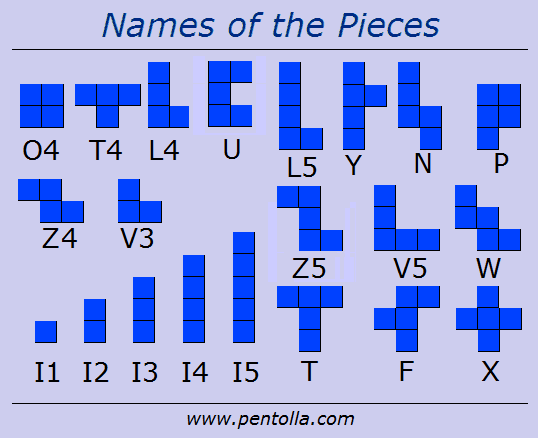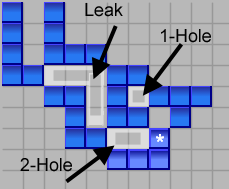
On these pages we look at a number of mistakes which new or beginner players often make. Just avoiding these basic errors will improve your game results very quickly, and then you can start looking into more advanced strategy and plays.
Most of the examples are based on a C2 game (4-colors, two players). At the end, we see how many of the same principles apply to the smaller, 2-colors game, too.
The first common mistake we will look at is not expanding at the start of the game. We'll consider a few examples of common bad starts that are made by beginners.
After that we'll look through a real game, and discuss specific mistakes turn-by-turn. There is an accompanying Pentobi file (.blksgf) that has all the same comments and information as here embedded in it, which is useful if you have Pentobi installed on your computer, and like to be able to go back and forth in the game, trying to give the moves more context. (Recommended!!)
Our goal here won't be to find the best move in every situation, or get too deeply into high level analysis, but rather to try to find specific problems with the moves played, and find similar moves which would be better. The idea is that usually when playing a piece, we select it for one or two specific goals, but if we keep in mind what those goals are, we can try to "upgrade" that piece to a better piece which still accomplishes the goals we want to achieve.
Note that on each page we are discussing an individual move and showing ways to improve it. Since most of the examples are from a game with, shall we say, not the best move choices, the overall game should not be used as an example, even where we describe the alternate moves as "good" or "better" (than what was played).
In order to understand this document, we'll need some terminology and notation:

First, you need to know the piece names, which can be found at either
(pentolla.com/images/Pieces.png).
or
(My strategy blog)
 Also, you'll see the term ``leak'' a lot.
In this document, a ``leak'' will refer a place on the board where one colour is unable to play
(because of being adjacent to it), so other colours will have the ability to play there later - except that spaces just one or two squares big don't count, instead those are called 1-holes or 2-holes.
Also, you'll see the term ``leak'' a lot.
In this document, a ``leak'' will refer a place on the board where one colour is unable to play
(because of being adjacent to it), so other colours will have the ability to play there later - except that spaces just one or two squares big don't count, instead those are called 1-holes or 2-holes.